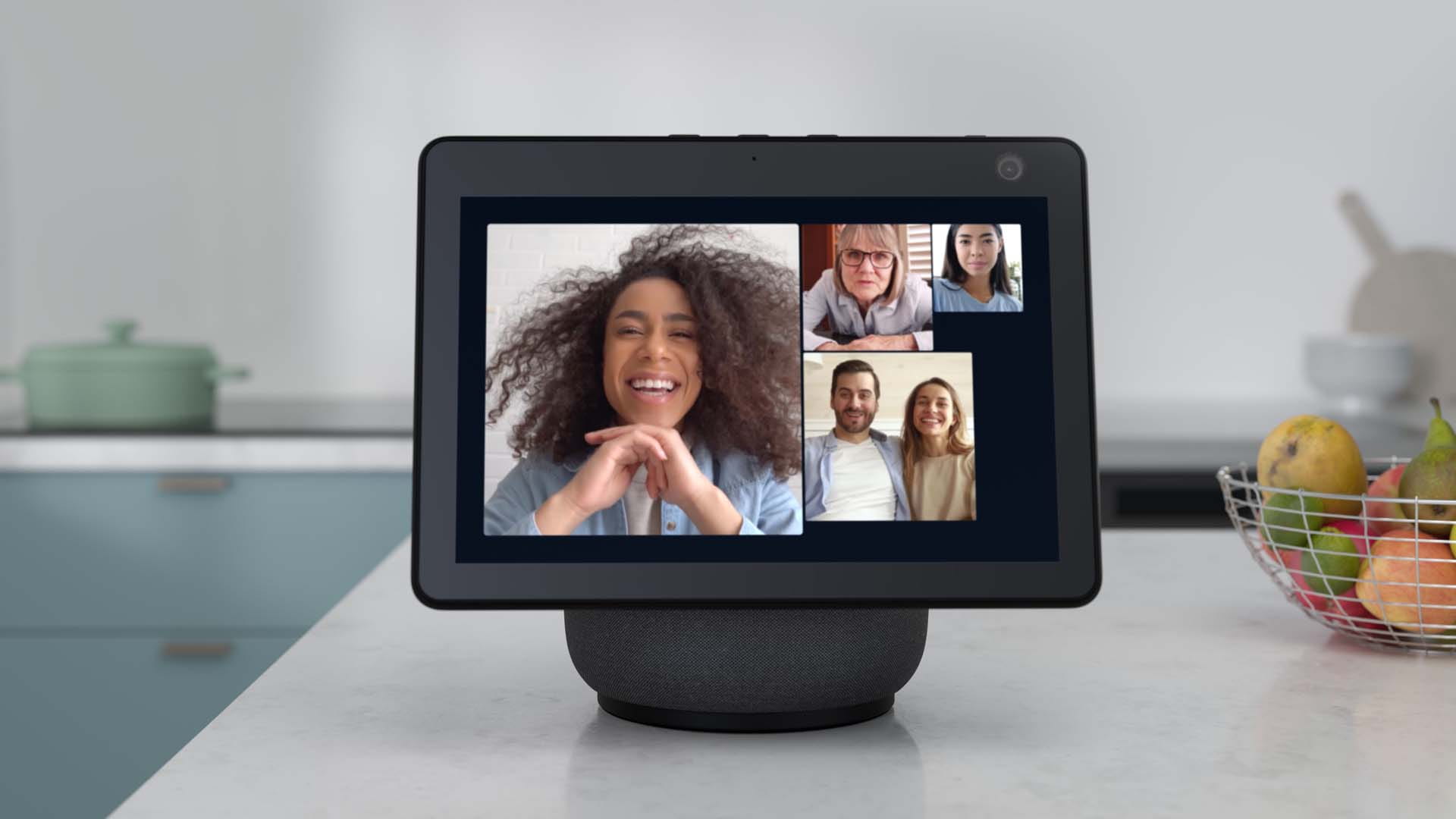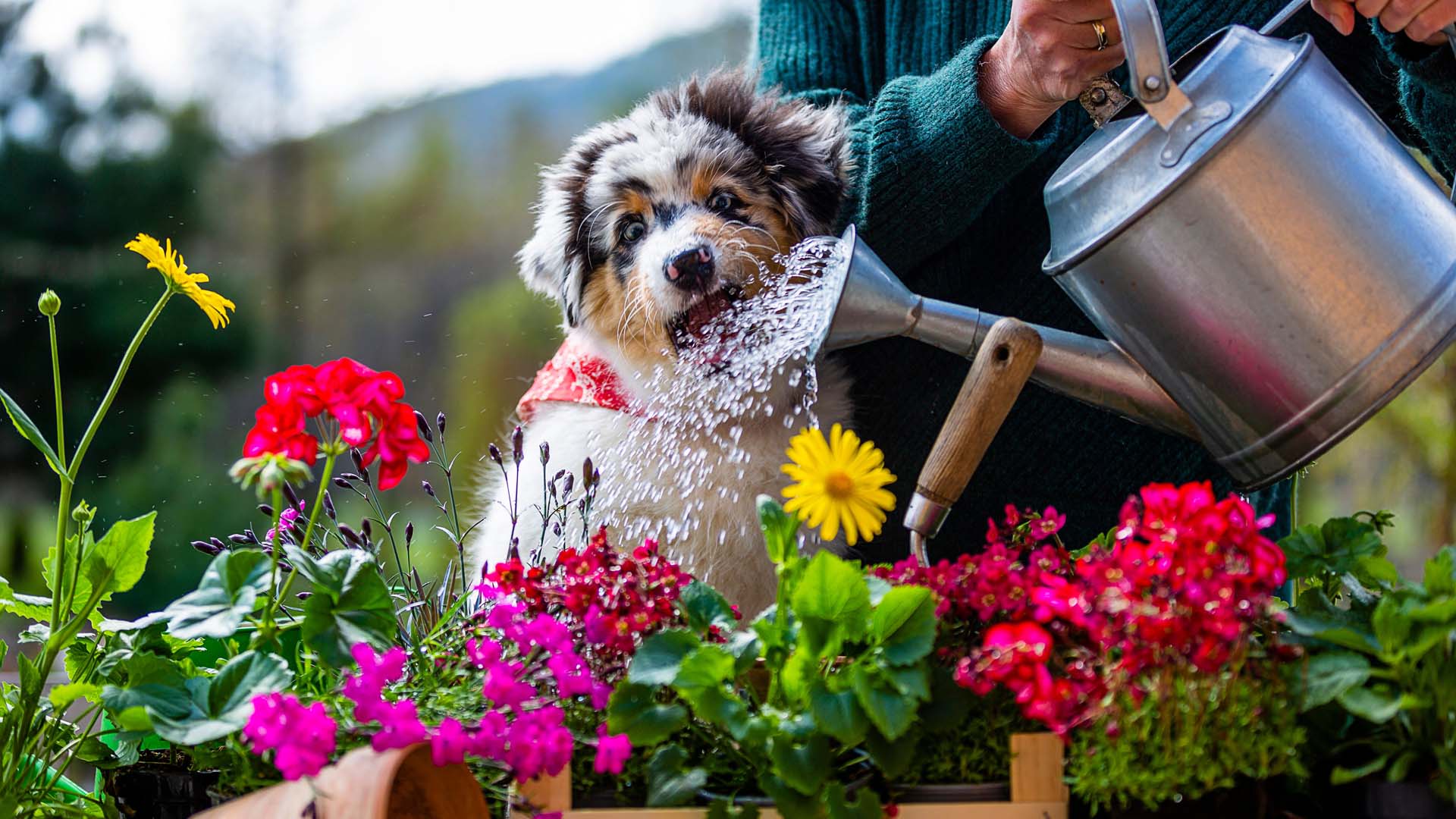
Despite the scratch marks on the sofa, chewed TV remotes, dirty paw prints and permanent layer of fur coating every material in sight, we remain a nation of pet lovers.
In fact, 53% of the UK adult population owns a pet, according to the PDSA.
There are 22 million pet cats and dogs alone, with many other furry, feathered and scaly critters sharing our houses and – occasionally – getting themselves into a spot of bother by eating the wrong thing.
Though some people have been using smart displays as pet monitors, it’s impossible to keep an eye on your pawed pals every moment of the day.
If your pet is prone to gnawing garden greenery or chewing flowers in vases behind your back, it’s useful to know the plants that are toxic to dogs, cats and other pets.
There are some that are typical of many gardens that might surprise you.
“It is very rare for pets to be harmed by garden plants,” reassures Guy Barter, chief horticulturist for the Royal Horticultural Society (RHS).
"It usually happens when animals are shut indoors with the plant in question.
"Or when puppies or kittens play with plants or plant fragments when helping their owner with the gardening. It is wise to place all cut flowers high enough to be out of reach of pets.”
The Horticultural Trades Association has a guide to potentially harmful plants that shares toxicity information that might affect many types of common pets – from cats to tortoises. If you're concerned that your pet might have consumed or come into contact with a harmful plant, the RHS advises:
A potent poison
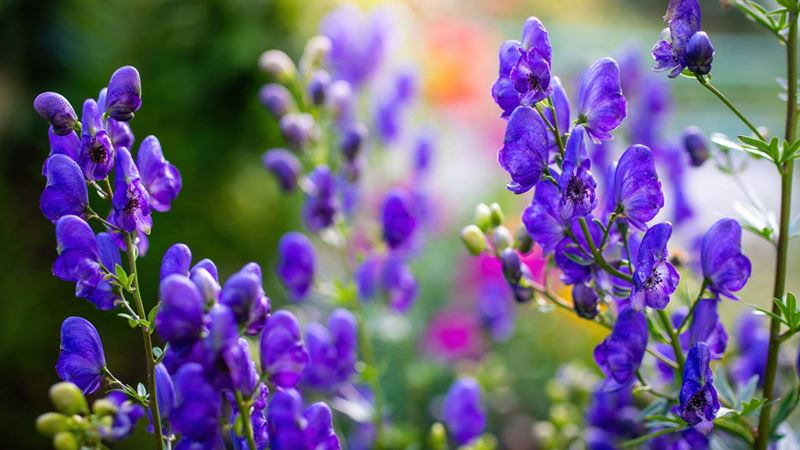
“Aconitum napellus, and indeed all aconitum species, are toxic to pets,” says Barter.
These hooded flowers are also known as monkshood, wolfsbane, devil’s helmet and even ‘queen of all poisons’.
As well as identifying these plants growing in your garden, it’s useful to know if they’re growing on any walks you may take your dogs on.
If you’ve ever displayed these flowers cut in a vase, take extreme caution with the water they’ve been sitting in, as this will also become harmful.
“Aconitum contains an exceptionally potent toxin called aconitine, which harms humans as well, so treat the plant with caution,” Barter adds.
What to plant instead: “Sages (salvias) offer safe, blue late-summer flowers,” Barter suggests.
Harmful to cats
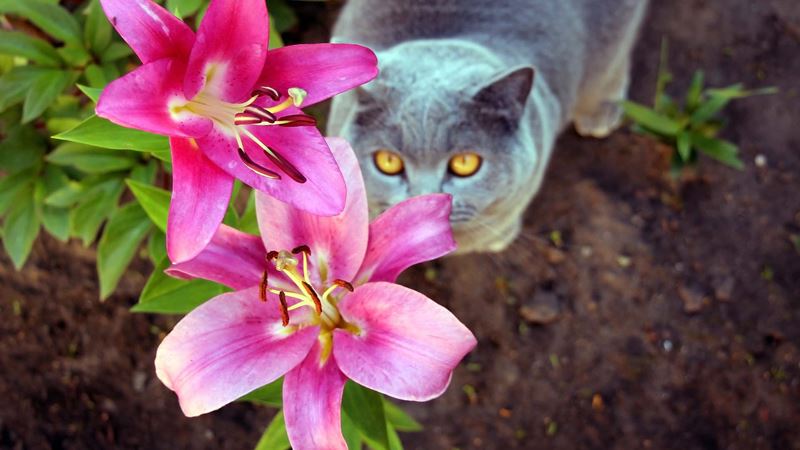
“Lilies are known to harm cats,” explains Barter.
“All parts of the plant are potentially harmful, but the toxin is unknown.
"Though your feline friends may keep their distance from any lilies you successfully grow in your garden, any cut flowers you display in a vase at home could cause an issue.
"If you do want to display lilies, be sure to keep them on a surface well away from your cat’s reach.
What to plant instead: “Lisianthus are a safer alternative from the florist,” says Barter. “Antirrhinums are another safe choice for both outdoors and as a cut flower.”
Be careful when planting

Considering how daffodils are in plentiful supply in early spring, it may surprise you to know they are a plant that is toxic to pets (and humans!).
“All parts of a daffodil can harm pets due to toxic lycorine,” notes Barter. “The highest risk comes when you are planting bulbs (other bulbs are also potentially harmful), when dogs should stay indoors. And when you’re displaying daffodils as cut flowers.”
This is one of the reasons that daffodils and spring onions should never mix, as bulbs and young cut plants can look very similar.
What to plant instead: “Grape hyacinths are one of the safer bulbs,” suggests Barter, “and roses are a safe cut flower.”
The salad staple that’s a pet threat
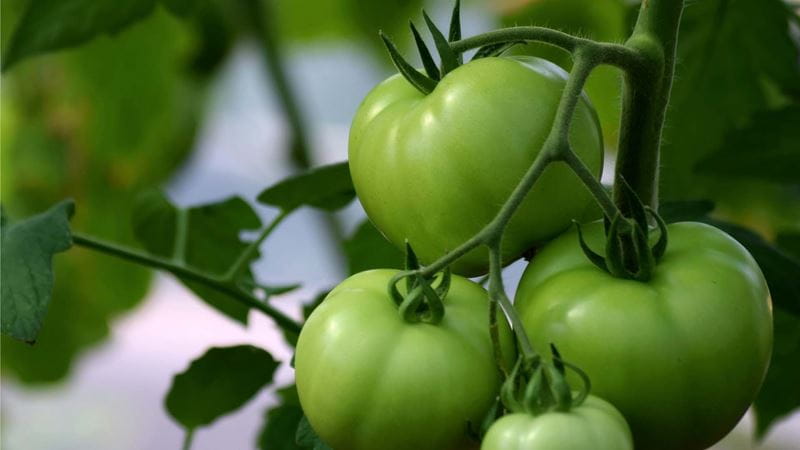
“While we love tomatoes, they aren’t as good for our pets as they are for us,” says Daniel Carruthers, director of sales at Cultivar Greenhouses.
“They contain solanine and tomatine, which are natural chemicals that can be harmful to dogs when consumed in large quantities.
"These toxins are found in higher levels in the green leaves and stems of the plants, as well as in unripe green tomatoes.
"However, when ripened and red, tomatoes are generally said to be safe for pets.”
What to plant instead: “An alternative that is completely pet-friendly is growing herbs – dill, fennel, sage, thyme, rosemary, mint and lemon balm are all easy to grow, particularly in a greenhouse. They’re also fantastically fragrant and are safe for pets to be around.”
Perfect for pollinators, not our pets
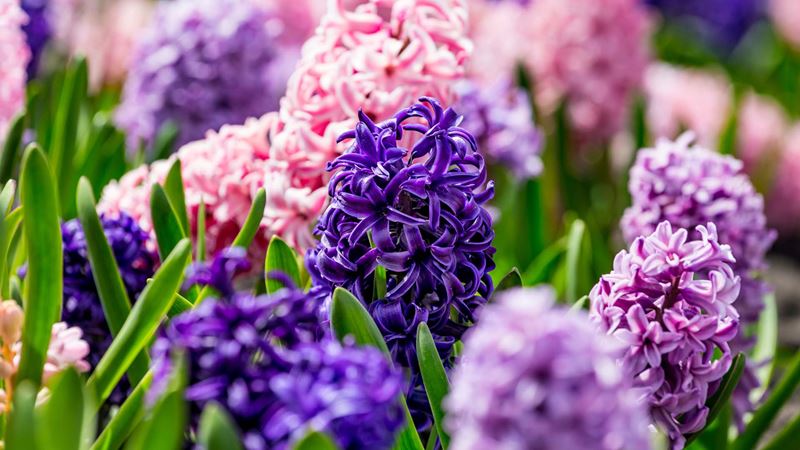
“Did you know that the beautiful, highly fragranced hyacinth is toxic to pets?” says Dr Ana Attlee, co-founder of Seedball.
“Although they provide pollen for our pollinators, they aren’t so good for our furry friends – and their toxicity can affect humans as well, so do always wear gloves when handling bulbs and flowers.
“Dogs are generally most at risk if they dig up bulbs, which can make them seriously ill as they contain high levels of toxins and allergenic lactones. However, even just inhaling their aroma can lead to coughing and wheezing.”
What to plant instead: “If it’s the vivid colour of hyacinths you are looking for, why not consider planting brilliantly blue British cornflowers?” adds Attlee.
“These iconic and distinctive flowers are fantastic for bees, beetles, butterflies and moths, and won’t harm your pets.
"They can even be added to a salad as a pretty garnish.”
Attlee also recommends edible Primula veris (cowslip), which can be potted indoors or planted outside as a perennial.
A favourite of Queen Elizabeth II, not her corgies
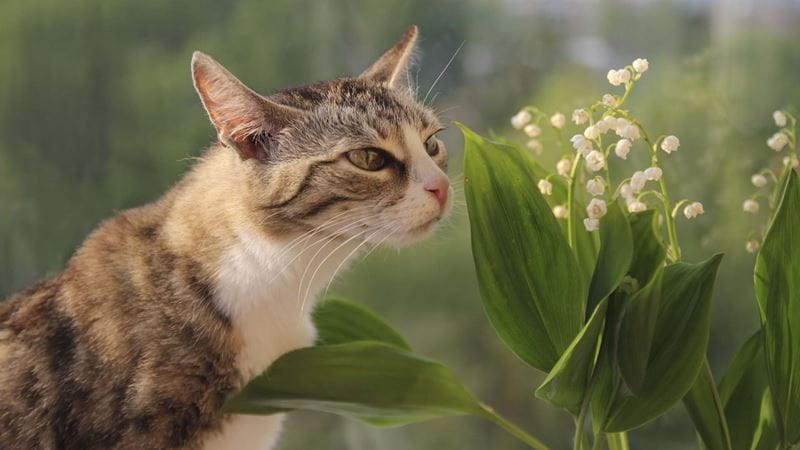
“Lily of the valley was said to be the Queen’s favourite plant, however, her corgies perhaps weren’t such fans,” says Eric Michels, head of pro at CJ Wildlife.
“If eaten, it is an incredibly toxic plant for dogs, other pets and humans alike, as it contains toxins that can cause the heart to beat abnormally.
“Unfortunately, it is perfect for attracting animals – with a strong scent and a tendency to thrive in dark, shady patches; the perfect spot for pets to be exploring and nosing about in,” he says.
What to plant instead: Pansies, like lily of the valley, can thrive in shade, although they do prefer some sun in the afternoon. They come in a fantastic variety of colours and are safe for pets.
Young plants are a risk
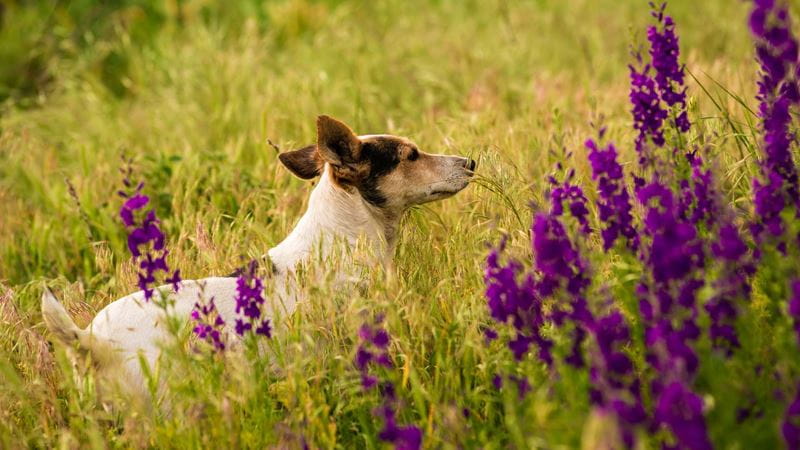
Though impressive in stature, and a favourite flower of King Charles, delphiniums are also toxic to pets and humans.
According to James Wellbeloved, dogs and cats are most at risk when these plants are young, becoming less toxic as they age.
All parts of the plant are considered toxic, as it contains diterpene alkaloids. Though the company says it is the sprouts that are most likely to cause digestive problems if eaten.
If you want to sow delphinium seeds, it’s important to keep the seeds and young plants away from prying paws.
What to plant instead: Hollyhocks offer similar towering displays of blooms if you want a cottage-style garden border, and are safe for pets.
Writer, broadcaster and musician Carrie Marshall has been a technology journalist for 24 years. Her CV is a who’s-who of magazines, websites and newspapers ranging from T3, Techradar and Woman & Home to the Sunday Post and People’s Friend, and she has been providing no-nonsense technology help and buying advice to BBC Radio Scotland listeners since the early 2000s.
View author page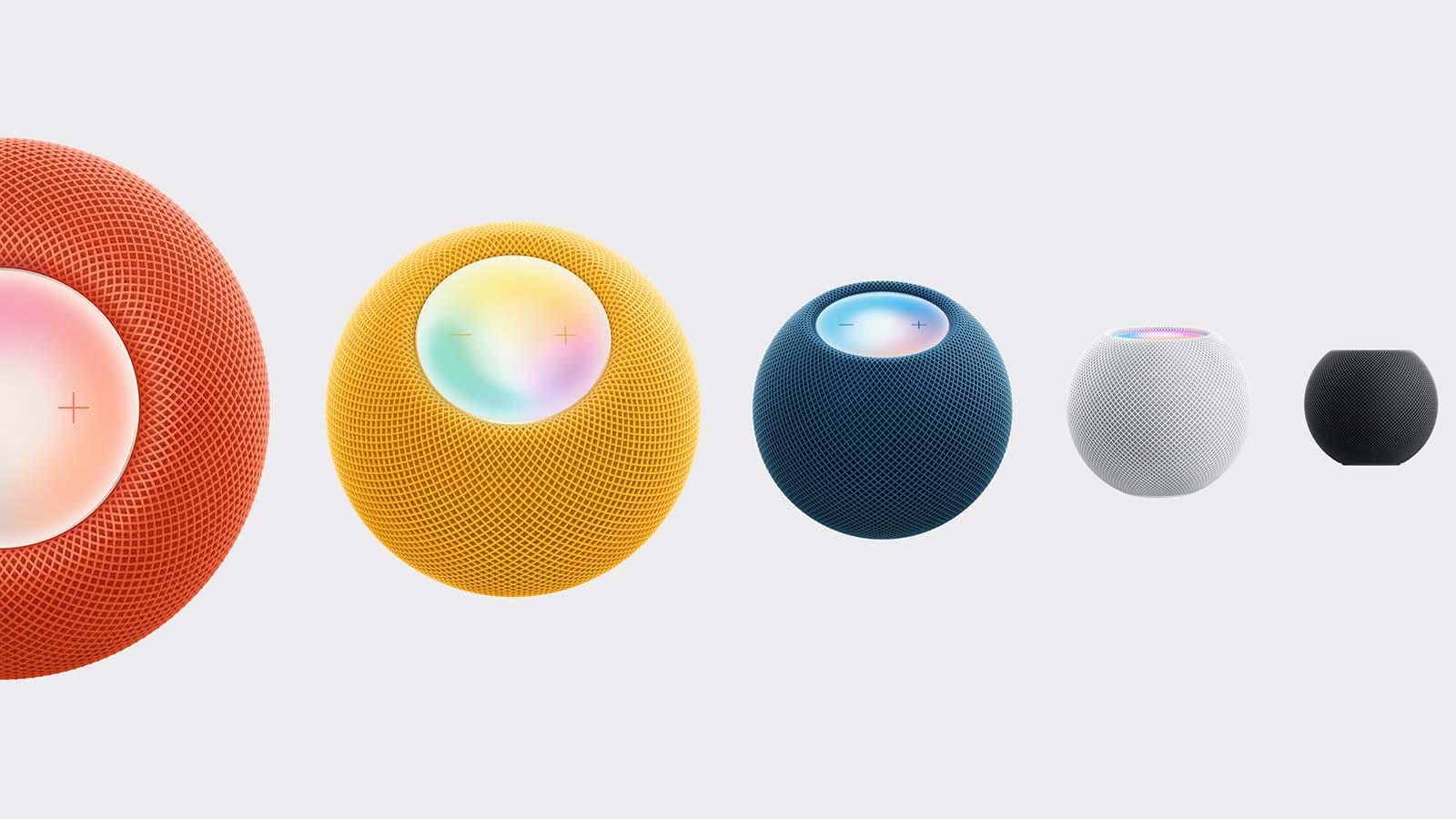
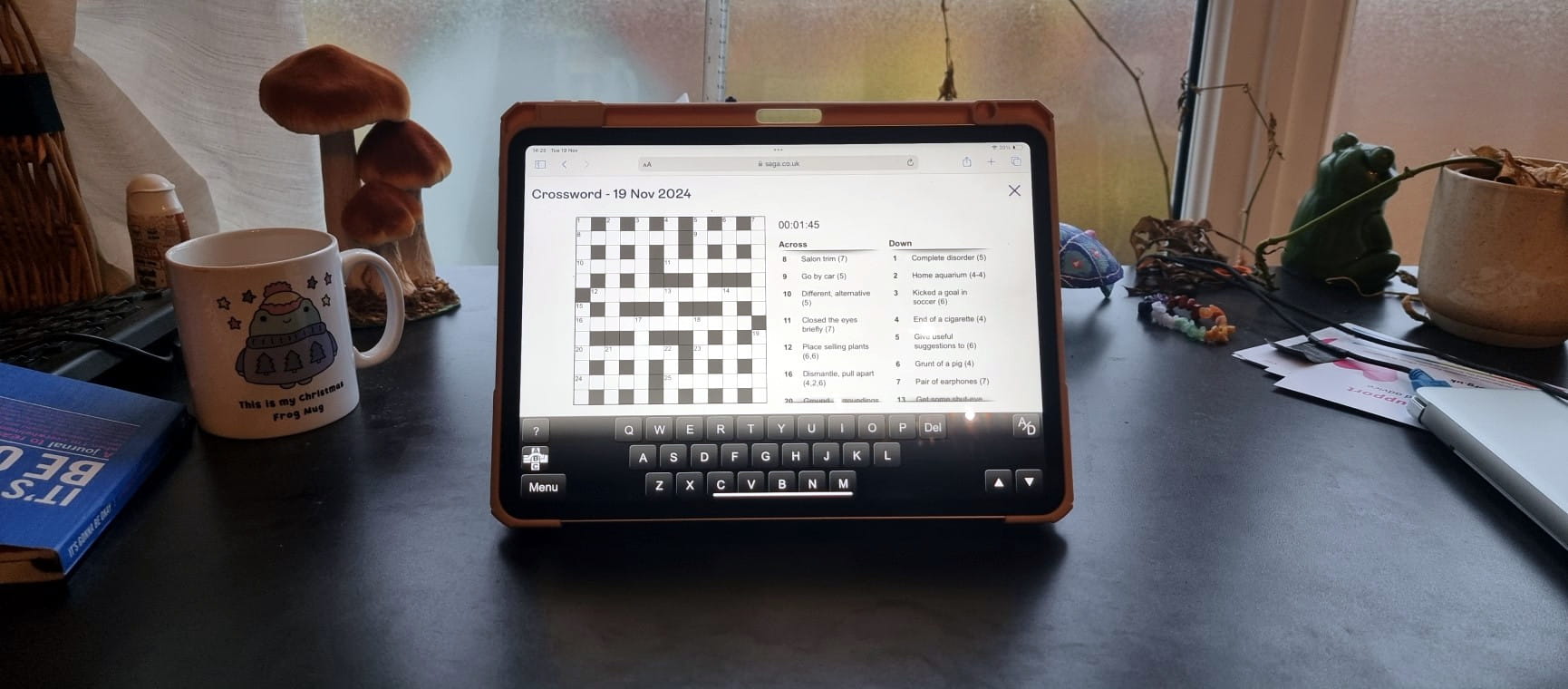
The ultimate guide to Saga Puzzles, full of technical tips, tricks and hints.
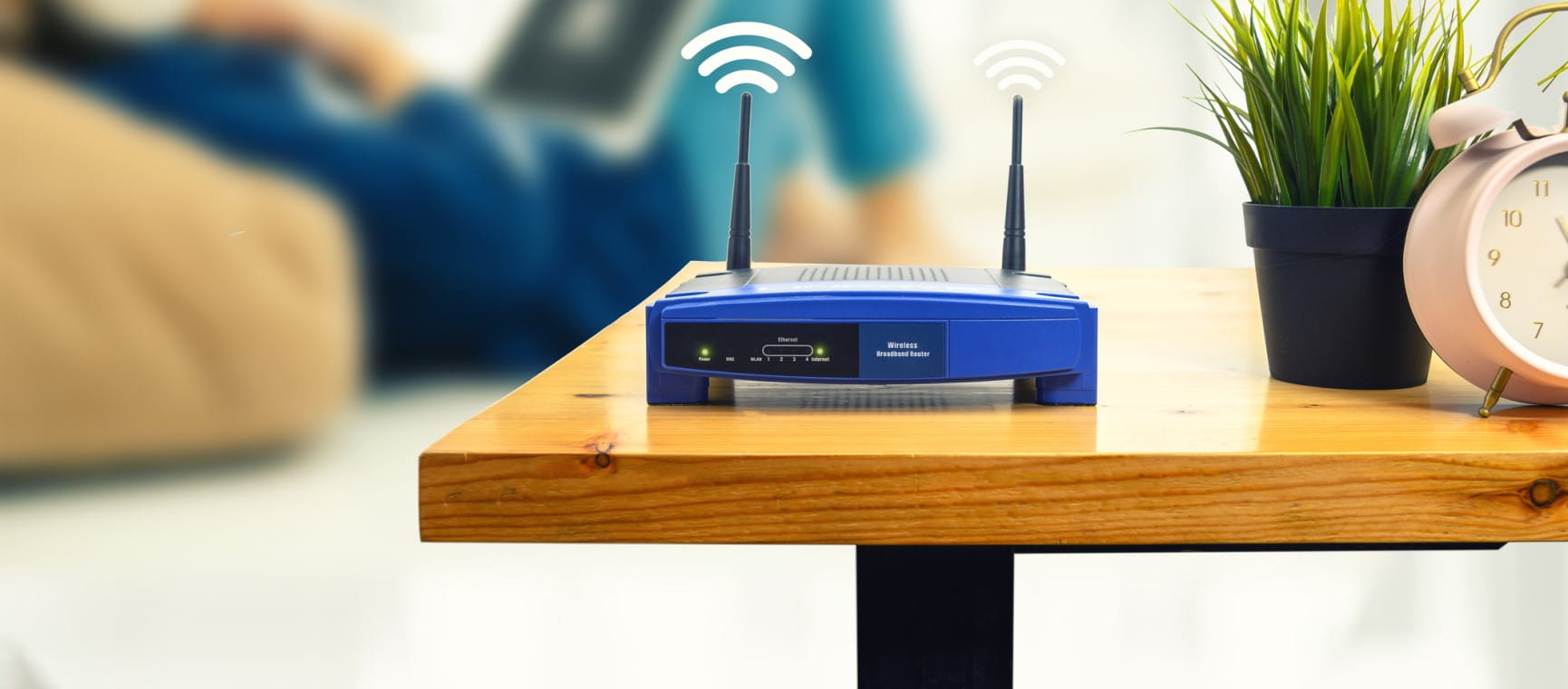
Follow our step-by-step guide to find out your internet speed - and whether it’s your device or broadband that’s slowing you down.

These video doorbells show you who's at your door, even when you aren't home.
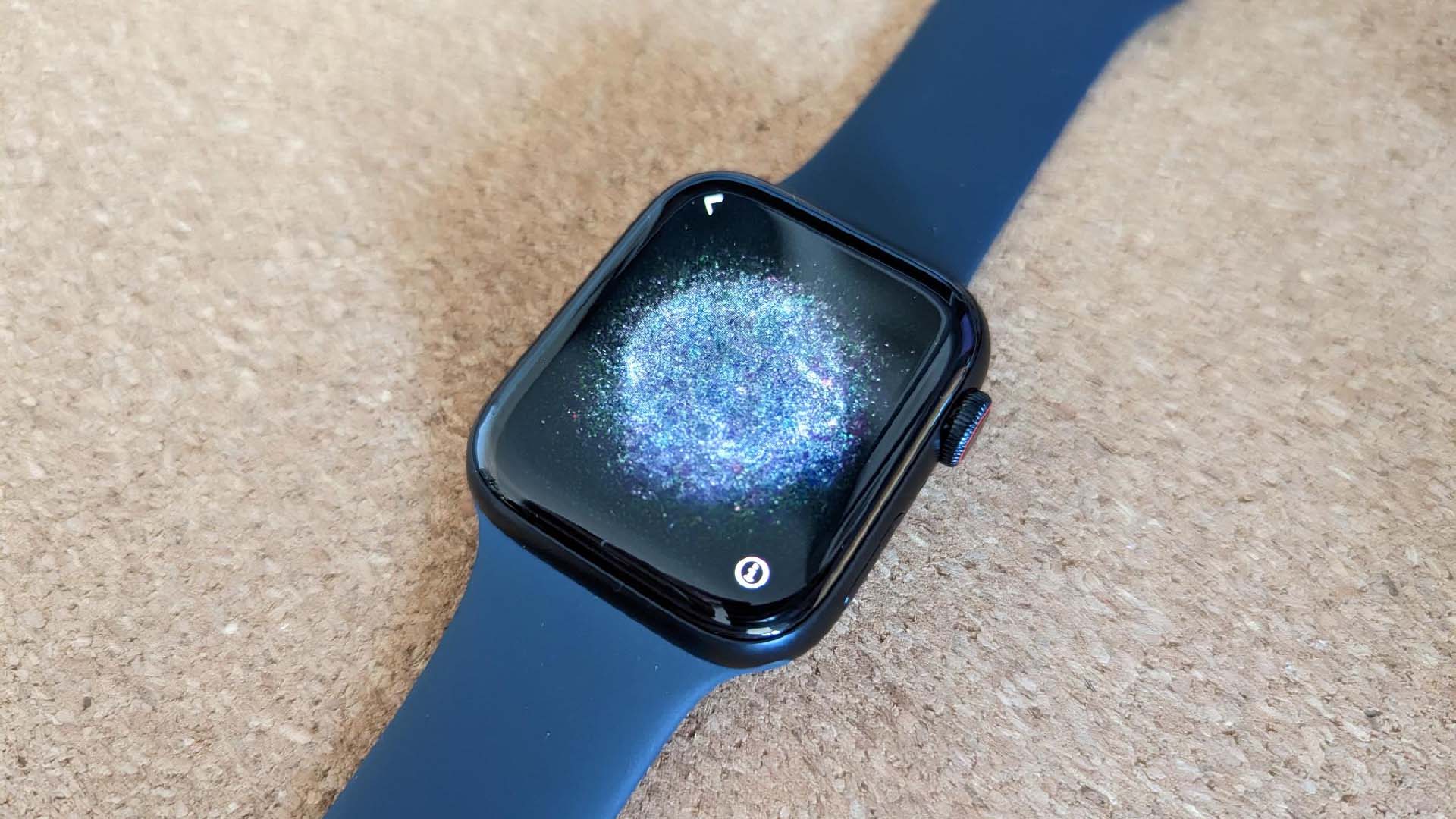
We explain everything you need to know to connect an iPhone to an Apple Watch.

Think you know how to use WhatsApp? We've got some handy tips to help you get the most out of the messaging app.

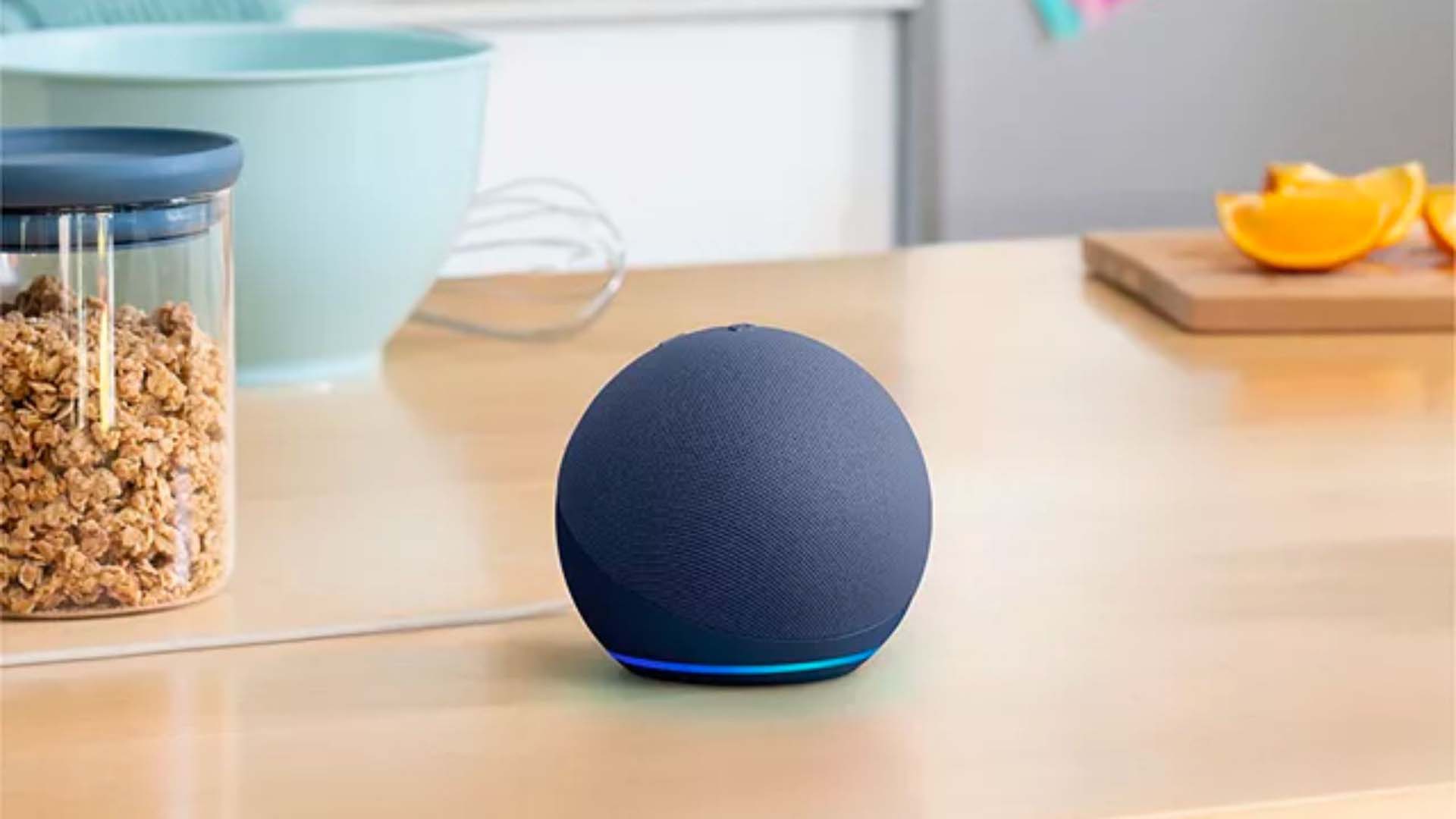
How to change the Alexa command word with this easy-to-follow guide.
